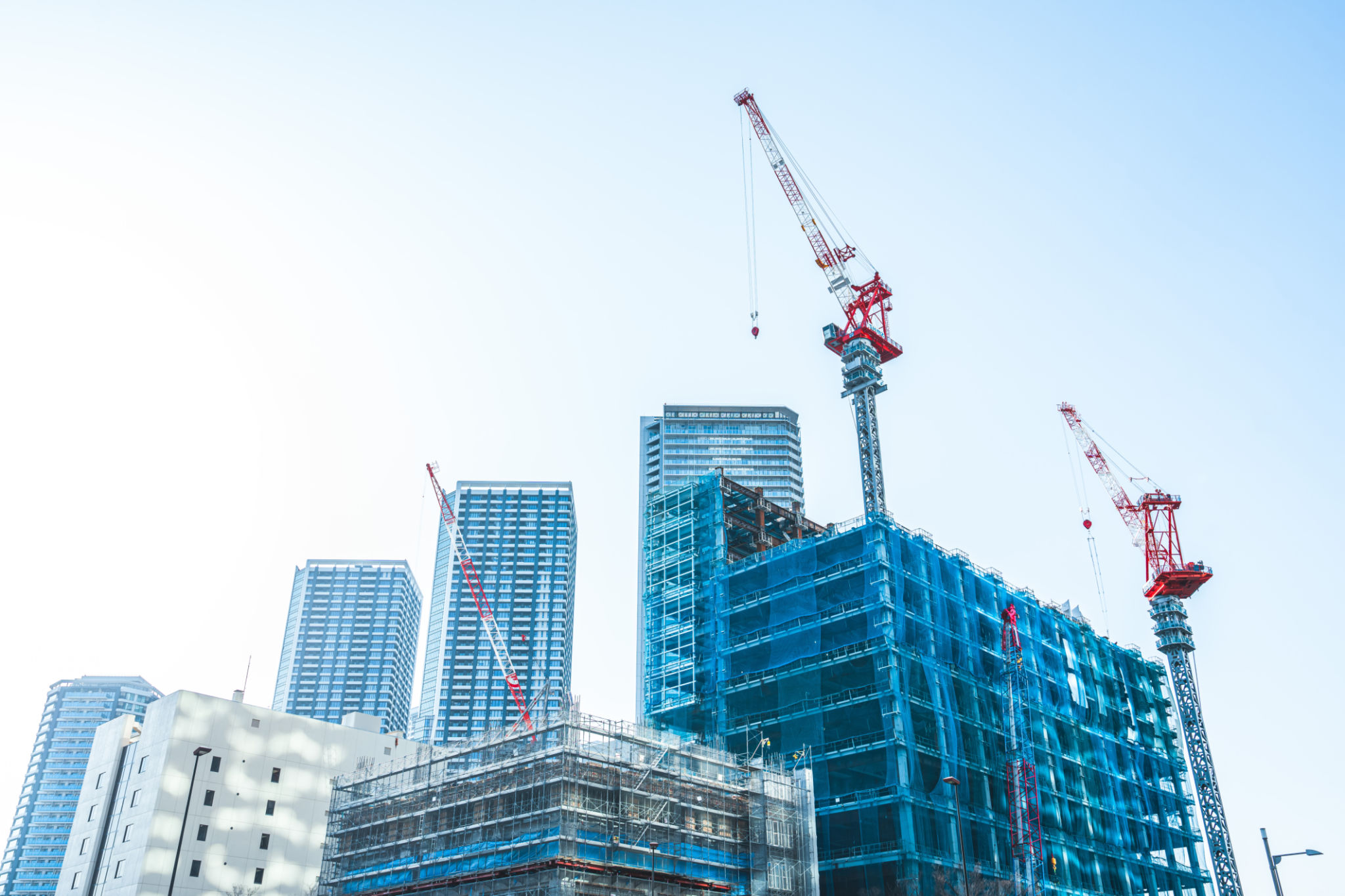Common Mistakes in Scaffold Installation and How to Avoid Them
Understanding the Basics of Scaffold Installation
Scaffolding is an essential component in construction projects, providing a safe and stable platform for workers. However, improper installation can lead to hazardous conditions. Ensuring that scaffolding is correctly set up and maintained is crucial for the safety and efficiency of a construction site. Let's explore some common mistakes made during scaffold installation and how you can avoid them.

Inadequate Planning and Preparation
One of the most frequent errors is insufficient planning before the installation process begins. It’s important to assess the site thoroughly to determine the type of scaffolding required. Not all structures are the same, so understanding the specific demands of your project is vital. Start by identifying potential hazards and considering weather conditions, site layout, and ground stability.
To avoid this mistake, create a detailed plan that includes site evaluation, material selection, and personnel training. Having a clear blueprint ensures that every step of the scaffold installation process is executed efficiently.
Improper Foundation and Support
A scaffold is only as safe as its foundation. Installing scaffolding on an uneven or unstable surface can lead to catastrophic accidents. It’s crucial to ensure that the base is level and capable of supporting the load of the scaffold and the workers using it. Using base plates or mud sills can provide additional support and stability.
Regularly inspect the foundation throughout the project to make sure there are no shifts or instability. This proactive approach helps maintain safety standards and prevents potential collapses.

Ignoring Load Capacity Limits
Each scaffolding system has a specified load capacity that must not be exceeded. Overloading scaffolding is a common mistake that can compromise its structural integrity. It's essential to calculate the total weight of workers, tools, and materials and ensure it doesn't surpass the recommended limits.
To prevent overloading, educate all personnel about load limits and monitor the weight on the scaffolding regularly. Implementing these checks will help maintain a safe working environment.
Inadequate Guardrails and Access Points
Guardrails are a critical safety feature in scaffolding systems, yet they are often overlooked or improperly installed. Missing or inadequate guardrails increase the risk of falls, which are among the leading causes of construction site injuries.

Ensure all scaffolding includes proper guardrails at every level. Additionally, make sure there are secure access points such as ladders or stair systems to facilitate safe movement for workers. Regular inspections can help identify any missing components that need immediate attention.
Lack of Training and Supervision
Proper training is indispensable for those involved in scaffold installation and use. Without adequate knowledge, workers may overlook critical steps or fail to recognize potential hazards. Supervisors play a crucial role in ensuring compliance with safety protocols.
Invest in comprehensive training programs that cover all aspects of scaffolding safety and proper installation techniques. Continuous supervision ensures that safety standards are consistently met, preventing accidents and ensuring worker safety.
Conclusion: Prioritizing Safety in Scaffold Installation
Avoiding common mistakes in scaffold installation requires careful planning, regular inspections, and adherence to safety guidelines. By understanding these pitfalls and taking proactive measures, you can significantly reduce the risk of accidents on your construction site. Prioritizing safety not only protects workers but also enhances overall project efficiency and success.
